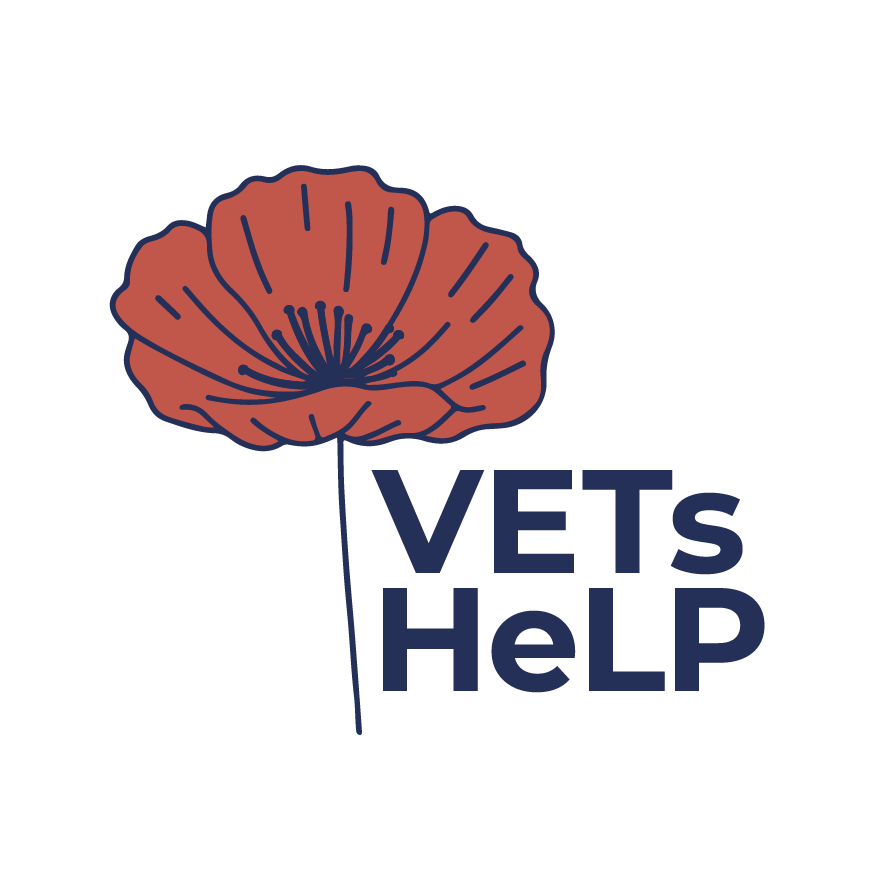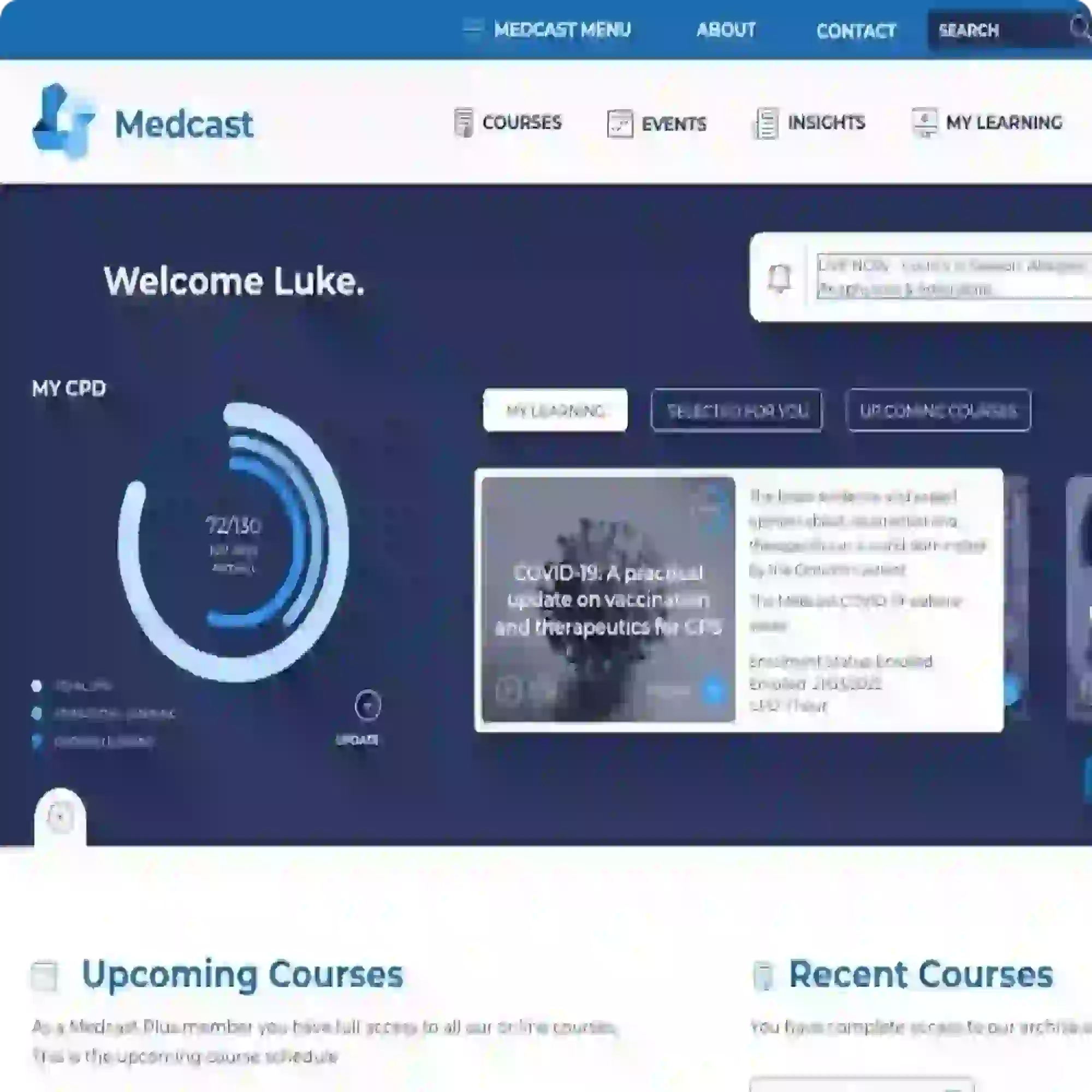A practical guide to veteran care coordination in general practice
Implementing the Coordinated Veterans Care (CVC) Program in your practice
The Coordinated Veterans’ Care (CVC) Program provides financial support to general practices to deliver structured, proactive care coordination for eligible Veteran Card holders. It provides a framework for managing chronic physical and mental health conditions, and helps strengthen relationships between Veteran Card holders, general practitioners (GPs) and practice teams.
For practices, this enables better continuity of care, supports team-based coordination, and ensures recognition through remuneration for the time and effort already being invested in comprehensive care. CVC is for the usual treating practice who is providing coordinated care.
If you regularly see patients with a Veteran Card, here’s how to implement the CVC Program in your practice - and why it’s worth doing.
Why CVC is worth it
Implementing the CVC Program has benefits for your patients and your practice:
-
It formalises care coordination you may already be providing.
-
It supports team-based care, making the most of your practice nurse, DVA contracted community nurse, or Aboriginal and/or Torres Strait Islander Primary Health Worker.
-
It encourages continuity with your usual patients.
-
It provides a dedicated funding stream to support longer, more complex consultations.
-
It offers structured timeframes for monthly check-ins, GP review and follow-up.
-
It improves documentation of care planning and shared goals.
CVC item numbers are billed directly to DVA. There are no gap payments for the Veteran Card holder.
Who is eligible?
Veteran Card holders can be enrolled in the CVC Program if they:
-
hold a Gold Card AND have a chronic health condition, or
-
hold a White Card AND have a chronic DVA-accepted mental health condition
They must also be likely to benefit from coordinated care. This is a clinical decision made by the GP.
Veteran Card holders who permanently reside in aged care facilities are not eligible.
Set up your CVC team
You can manage a patient’s care plan on your own or nominate a Care Coordinator (CC) to support you. Care Coordinators can be either a practice nurse, DVA contracted community nurse, or Aboriginal and/or Torres Strait Islander Primary Health Worker.
Enrol your patient
Once a patient’s eligibility is confirmed, the GP and Care Coordinator should collaboratively complete the following steps to enrol them in the CVC Program:
-
Gain informed consent (GP only)
-
Conduct an assessment
-
Document health conditions, medications, treatment providers and goals
-
Develop a comprehensive care plan
-
Set a 90-day GP review date
-
Provide a signed copy of the care plan to the patient and/or carer
-
Record everything in the veterans file
You can use a CVC care plan template or your own format. The care plan does not need to be submitted to DVA but must be stored and available if requested.
Once all seven steps are complete, the veteran is considered enrolled and you can bill the initial CVC item number.
Claim correctly
The initial claim is:
-
UP01 – when a Care Coordinator is involved
-
UP02 – when the GP manages care independently
A UP01 or UP02 item can only be claimed once per Veteran Card holder, regardless of if they change GPs, exit the program or re-enrol at a later date. After that, review item numbers are used every 90 days:
-
UP03 – when a Care Coordinator is involved
-
UP04 – when the GP manages care independently
Billing dates must align with the start of each 90-day cycle. For example, if the enrolment date is 1 January, the first review is due on 1 April. That review can be claimed on 2 April or after but recorded with a service date of 1 January.
This helps ensure you remain compliant.
All CVC item numbers are billed directly to DVA and must be bulk billed.
Make it work in your practice
To successfully implement CVC:
-
identify eligible patients from your existing records
-
assign a Care Coordinator if available
-
use the CVC Toolbox to streamline care planning and documentation
-
ensure monthly check ins with the care coordinator
-
schedule three (3) monthly GP review dates
-
involve your whole team, including your practice manager, in supporting workflows
-
bill appropriately
-
DVA item numbers for Gold Card holders
-
DVA item numbers for White Card holders with a relevant accepted condition
-
DVA item numbers for relevant Non Liability Health care for mental health or cancer
-
-
UP item numbers should be billed as appropriate.
-
for other visits during the course of CVC enrolments, choose the most appropriate item numbers for the visit:
-
Medicare or private billing for all other care
Making the right funding choice ensures sustainable billing while providing appropriate access to care.
Final thoughts
The CVC Program helps formalise, structure and support the kind of quality care that general practice already delivers. It acknowledges the time and care GPs and care coordinators put into managing the complex health needs of Veteran Card holders - and backs it up with funding and resources.
If you are the Veterans’ usual treating GP or practice and they meet the criteria, you can enrol them directly.
Resources
 For more free Veterans Health education, check out VETs HeLP Hub on Medcast.
For more free Veterans Health education, check out VETs HeLP Hub on Medcast.
CVC Program implementation checklist for general practice
- Identify eligible patients with a Veteran Card (Gold Card with chronic health condition or White Card with chronic DVA-accepted mental health condition)
- Confirm your practice is the Veteran Card holders usual provider
- Nominate a Care Coordinator if applicable (practice nurse, DVA contracted community nurse or Aboriginal and/or Torres Straight Primary Health Worker.
- Gain informed consent from the patient
- Conduct an assessment and document health history, goals, medications and providers
- Develop a comprehensive care plan (use CVC Toolbox template or equivalent)
- Schedule review date (every 90 days)
- Provide the patient and/or their carer with a signed copy of the care plan
- Record all documentation in the patients file
- Submit UP01 or UP02 (initial claim) once enrolment steps are completed
- Complete monthly check ins with the patient
- Set calendar reminders to review care plan and submit UP03/UP04 claims accordingly
- Use the CVC claim calculator to manage dates and compliance
- Engage the whole practice team in supporting workflows and patient follow-up

Catherine is a GP in Geelong, Victoria. She has been involved in a wide variety of Medical Education opportunities, these include GP training, lecturing in Medicine at Deakin University, and providing clinical consultancy for the Deakin Indigenous Health team. Over recent years Catherine has moved into planning and facilitating the professional development of Medical Educators and GP Supervisors as well as learning (like everyone else) to do all of this online. Catherine strives to ensure her education events are engaging and innovative, with a dose of appropriate fun.
Achilles tendinopathy is a common cause of posterior heel pain and functional impairment. GPs are well-placed to coordinate care for these patients. This FastTrack fact sheet provides a concise summary of diagnosis and non-surgical management, including when to refer. Earn 30mins each RP and EA CPD with the quiz.
Over 3% of GP consultations in Australia involve skin lesions, yet many practices are billing these procedures incorrectly, putting themselves at risk of noncompliance or missing out on legitimate remuneration. This Business skills FastTrack explains the MBS item numbers pertaining to skin lesions for GPs, including eligibility criteria and practical tips.
Sarcoidosis is a chronic non-caseating granulomatous condition affecting multiple organ systems. This fact sheet contains what GPs need to know about risk factors, investigations, pharmacological and non-pharmacological management in primary practice, and when to refer. 30mins each of RP and EA CPD available with the quiz.

